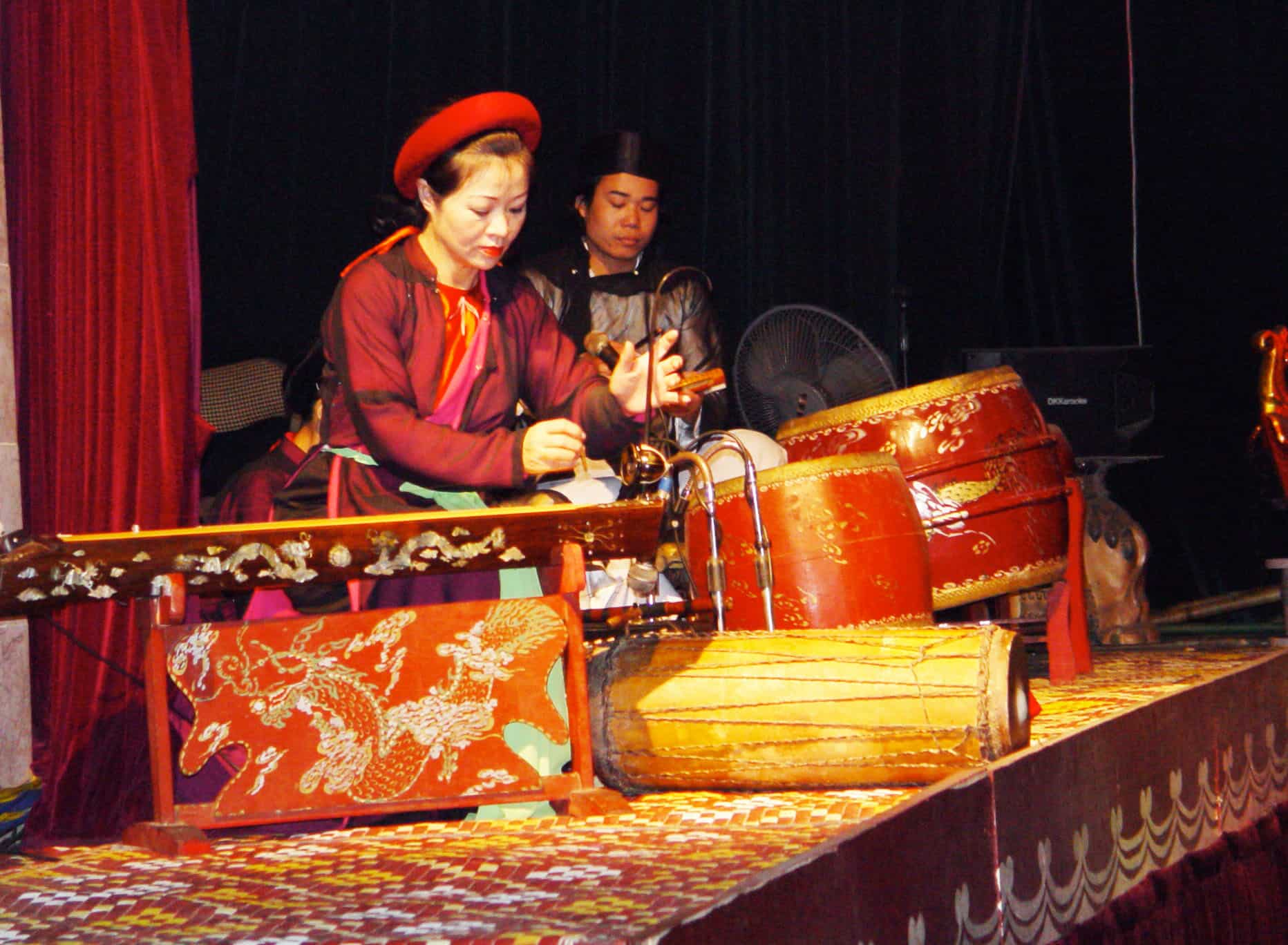
“Lokadharmi, having the traits of people,that is naturalistic, and Natyadharmi, having the traits of theatrical behaviour,that is stylized.” Folk drama is Lokadharmi and performance space of folk drama can be of various forms and shapes.“It can be a special sacred space or,an ordinary space made special and sacred by demarcating and consecrating it.The ordinary space used for a variety of social and secular performances can be fields after the harvest, market squares,public parks and gardens,street and fair grounds.It can be a space,surrounding the sacrificial altar ( vedi) as was the case with the vedic rituals,or a variety of space in a temple complex for many types of performances from ritual events to such highly evolved dramatic forms as Kuttiyattam and Krishnattam.A performance event,such as a celebration in the social life of the community of an offering to the Gods,is a vital factor in selecting and conditioning the forms and nature of the theatrical space.Performances are also held in front of the village temple all over the country.Examples are ritualistic Rasa dances on the Krishna legend,the Lai Haraoba processional ritual in Manipur,or the Teyyam ritual dances in Kerala.Terrukuttu,Lakshagana and many other forms are often performed on temple premises.Sometimes a temporary shrine is constructed,such as for Durga puja in West Bengal or Ganesh Utsav in Maharashtra to specify space for rituals and cultural performances.This temporary shrine is ritually abandoned after the festival is over,and the image of Durga,which had been installed for the duration of the festival,is immersed in a river.The immersion ceremony in itself acquires the character of a cultural performance with religious procession singing and dancing the incorporation of many social and secular life.” Like West Bengal, in Assam also temporary shrines are constructed to specify space for rituals and cultural performances where folk drama such as Kamrupia Dhulia, Dhulia, and Puppetry etc.are performed in Durga puja, Lakshmi Puja etc.Ħ. Bharata muni, the author of Natyasashtra had classified the stage under two heads-namely Lokadharmi and Natyadharmi. Temple yard or an open space is choose for performance of folk drama.The audience sit all around in the open space.In case of Assam,audience of folk drama sit on paddy straw laid down on the ground. Folk drama performance does not require any permanent or special stage. Such distinctions frequently have been the basis for differentiating folk from popular and elite drama, although such divisions likely are more of degree than kind (Pettitt 1995).” ĥ. However, there are differences in views of scholars regarding the role of audience and performer in folk drama.“Scholars also have debated the constitution and role of both actors and audience,asking,for example,whether the audience must be local for a drama to be “folk” whether or not the actors can be paid or trained professionals (Domotor 1981) and,perhaps most importantly, whether the existence of an audience and the way in which the audience frames the event might be a defining feature (Abrahams 1969 Ellis 1981).

During the sowing or harvesting season, both performers and audience may employ in their farming activities and could hardly take part.So the months from after harvesting to the next sowing operations are recognized as season for performance.


Performers as well as audience of folk dramas are mainly members from folk society. Folk dramas are predominantly art of the folk people.Many folk drama performances are seasonal. Even Asian countries like Indonesia, Malayesia, Cambodia etc. The Ramayana and the Mahabharata are the main sources for the themes of folk drama of Assam as well as India. Folk dramas are religious as well as secular in content.Local legends and mythology, folk stories of romance and valour and biographical accounts of local heroes gets focus on folk dramas.ģ. “Regional and folk drama has been a mixed form embracing dialogue, dance and music.” Kamrupia Dhulia, Puppetry, Kushangan, Bharigan etc.are examples of such kind of folk drama practiced in Assam which are predominant of songs and music.Ģ. Folk drama is the composite art form of music, dance and drama. The characteristics of folk drama are discussed below with special reference to folk dramas of Assam.ġ.


 0 kommentar(er)
0 kommentar(er)
